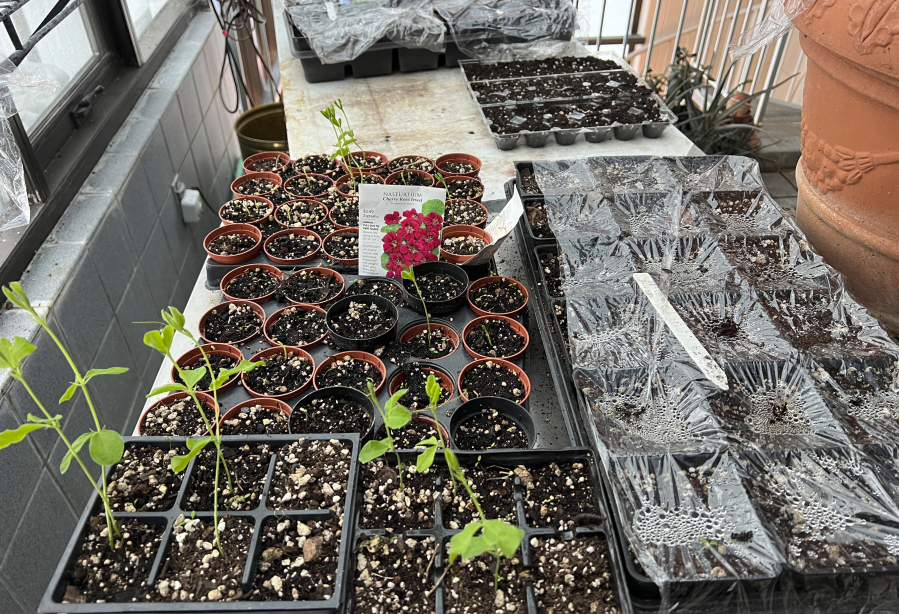The catalogs have been thumbed through, and the seed racks are sprouting like weeds at local nurseries and garden centers.
There is now enough daylight across the country to start garden seeds without the aid of artificial lights. Some seeds can be planted directly outdoors. Others will have to be started inside.
Either way, where I come from you are not a real gardener unless you start at least one thing you grow from seed. Sure, you can always buy already started plants, but seeds give you bragging rights.
The fact of the matter is that starting seeds is easy. Everything the plant needs to germinate is in the seed. All you have to do is put it into damp soil and not let it dry out while it does its thing. If there are any special requirements, they will be noted in the simple instructions on the back of every seed packet.
The one thing you might not find in those instructions is the suggestion to roll larger seeds in mycorrhizal fungi, or to sprinkle some on smaller seeds. You should be able to find these fungi where you buy seed.
Mycorrhizal fungi form a symbiotic relationship with plants, and deliver water and nutrients to them. Good nurseries now carry two types, endo and ecto. Annuals and row crops associate with endo-mycorrhizal fungi, with the exception of members of the cole family (cabbages, kolhrabi, kale, etc.). In addition to rolling all other seeds, spread some of the mix throughout the soil so new roots will grow into it.
Do not soak your seeds in hydrogen peroxide, as is often suggested. There are bacteria living in all seeds which are supposed to be there. They have evolved to help in germination and the initial startup of the seed. They also prime the soil with the microbes that have evolved a partnership with that variety of seeds.
Planting big seeds is easy (and beg for the assistance of a youngster.) As for those little-to-tiny seeds, use a pencil. Just dip the tip in water and then pick up the seed with it. It will hold a single seed as you put it into its starting container.
Speaking of containers, it’s time for all gardeners to cut back and even eliminate plastic. Unless you are recycling old plastic starting flats and pots, make your own out of newspaper or cardboard. You can buy a gadget on the internet to help, or look up directions.
Or reuse coffee cups and recycle other suitable containers such as egg cartons, yogurt containers and ice cream boxes. Poke a drainage hole in the bottom, as seeds rot when sitting in water.
Finally, it would be a shame to grow something and then forget what it is called. Label everything. Again, avoid buying plastic labels. You can write directly on some containers, or use takeout chopsticks and the handles of recycled plastic utensils. A permanent marker won’t rub or wash off.
Oh, and consider growing some seeds of your own for next year’s garden.



